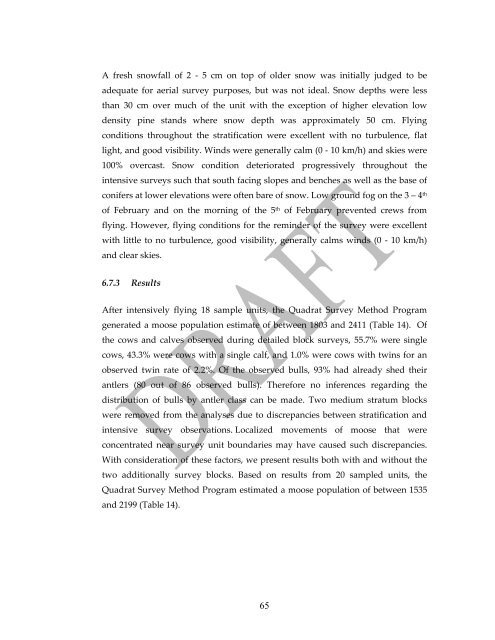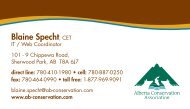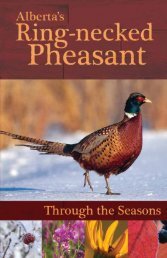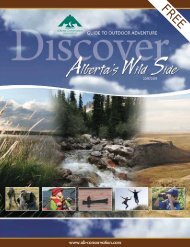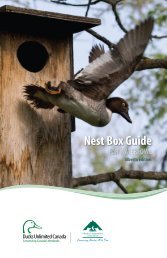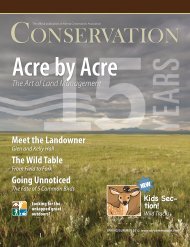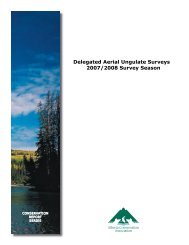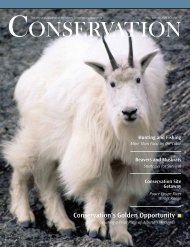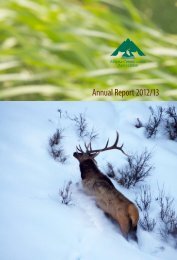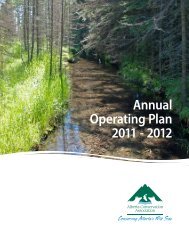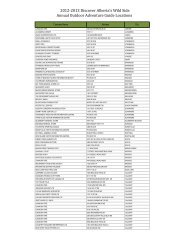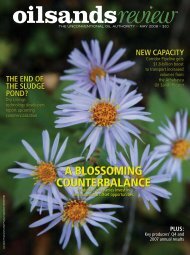Delegated Aerial Ungulate Surveys 2009/2010 Survey Season
Delegated Aerial Ungulate Surveys 2009/2010 Survey Season
Delegated Aerial Ungulate Surveys 2009/2010 Survey Season
You also want an ePaper? Increase the reach of your titles
YUMPU automatically turns print PDFs into web optimized ePapers that Google loves.
A fresh snowfall of 2 ‐ 5 cm on top of older snow was initially judged to beadequate for aerial survey purposes, but was not ideal. Snow depths were lessthan 30 cm over much of the unit with the exception of higher elevation lowdensity pine stands where snow depth was approximately 50 cm. Flyingconditions throughout the stratification were excellent with no turbulence, flatlight, and good visibility. Winds were generally calm (0 ‐ 10 km/h) and skies were100% overcast. Snow condition deteriorated progressively throughout theintensive surveys such that south facing slopes and benches as well as the base ofconifers at lower elevations were often bare of snow. Low ground fog on the 3 – 4 thof February and on the morning of the 5 th of February prevented crews fromflying. However, flying conditions for the reminder of the survey were excellentwith little to no turbulence, good visibility, generally calms winds (0 ‐ 10 km/h)and clear skies.6.7.3 ResultsAfter intensively flying 18 sample units, the Quadrat <strong>Survey</strong> Method Programgenerated a moose population estimate of between 1803 and 2411 (Table 14). Ofthe cows and calves observed during detailed block surveys, 55.7% were singlecows, 43.3% were cows with a single calf, and 1.0% were cows with twins for anobserved twin rate of 2.2%. Of the observed bulls, 93% had already shed theirantlers (80 out of 86 observed bulls). Therefore no inferences regarding thedistribution of bulls by antler class can be made. Two medium stratum blockswere removed from the analyses due to discrepancies between stratification andintensive survey observations. Localized movements of moose that wereconcentrated near survey unit boundaries may have caused such discrepancies.With consideration of these factors, we present results both with and without thetwo additionally survey blocks. Based on results from 20 sampled units, theQuadrat <strong>Survey</strong> Method Program estimated a moose population of between 1535and 2199 (Table 14).65


